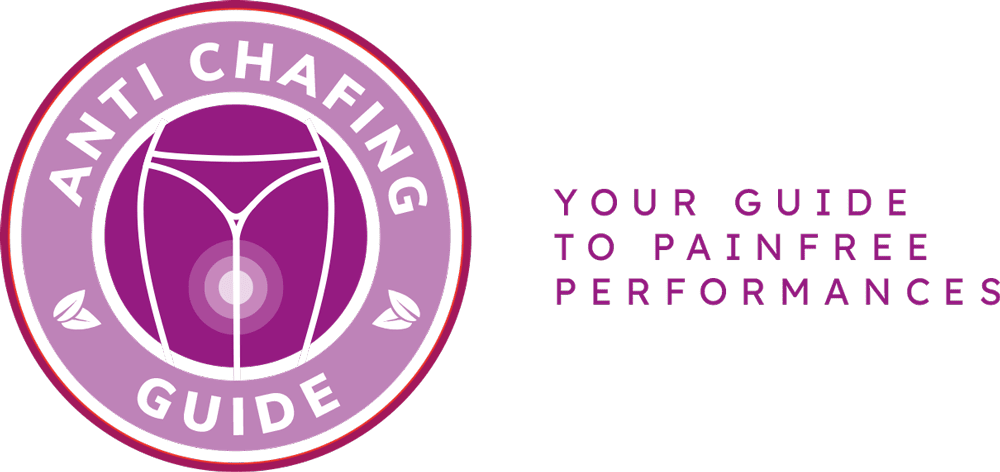Chafing infections can be a real pain, both literally and figuratively. They can cause discomfort, irritation, and even lead to more serious complications if left untreated. That’s why it’s important to unmask the hidden dangers of chafing infections and take proactive steps to prevent, treat, and heal your skin.
In this article, we’ll delve into the causes and symptoms of chafing infections, shedding light on the factors that contribute to their development. From friction to moisture and certain fabrics, we’ll explore the culprits behind these pesky infections. By understanding the causes, you can take necessary precautions to minimize the risk.
But prevention is key. That’s why we’ll also provide you with effective preventive measures to avoid chafing infections. From choosing breathable fabrics that reduce friction to using lubricants and practicing good hygiene, these simple steps can go a long way in protecting your skin from the discomfort and pain of chafing infections.
And if you do find yourself dealing with a chafing infection, don’t worry. We’ve got you covered with tips on how to treat and heal your skin. By following our expert advice, you can speed up the healing process and prevent any further complications.
So, join us as we unmask the hidden dangers of chafing infections and equip yourself with the knowledge and tools to keep your skin healthy, happy, and free from the discomfort of chafing infections.
The Causes and Symptoms of Chafing Infections
The Causes and Symptoms of Chafing Infections
Chafing infections can be caused by various factors, with friction being one of the main culprits. When two body parts rub against each other repeatedly, it can lead to irritation and inflammation, creating an ideal environment for bacterial growth. Moisture is another common cause, as it can exacerbate friction and increase the chances of developing an infection. Certain fabrics, such as rough or non-breathable materials, can also contribute to chafing infections by trapping moisture and causing further irritation.
Recognizing the symptoms of chafing infections is crucial for early intervention. Redness and irritation are often the first signs, indicating that the skin is inflamed and compromised. Pain or discomfort may also be present, especially when moving or applying pressure to the affected area. It’s important to note that these symptoms may indicate an infection, which can worsen if left untreated. If you experience these symptoms, it is recommended to seek medical attention to prevent further complications.
Preventive Measures to Avoid Chafing Infections
When it comes to preventing chafing infections, there are several effective measures you can take to protect your skin and avoid unnecessary discomfort. By incorporating these simple steps into your daily routine, you can minimize the risk of developing painful and uncomfortable chafing infections.
First and foremost, it is crucial to wear breathable fabrics that allow air to circulate and reduce friction. Opt for moisture-wicking materials that keep your skin dry and prevent excessive sweating, which can contribute to chafing. Additionally, consider using lubricants such as petroleum jelly or anti-chafing balms on areas prone to friction, such as thighs or underarms.
Practicing good hygiene is also essential in preventing chafing infections. Make sure to keep your skin clean and dry, especially after physical activity or sweating. Avoid wearing tight or restrictive clothing that can trap moisture and increase friction. Instead, choose loose-fitting garments that provide ample room for movement.
To summarize, by wearing breathable fabrics, using lubricants, and practicing good hygiene, you can significantly reduce the risk of chafing infections. These preventive measures are simple yet effective in keeping your skin healthy and free from discomfort. Remember, prevention is always better than cure!
Frequently Asked Questions
- Q: What are chafing infections?
- Q: How can I prevent chafing infections?
- Q: What are the common symptoms of chafing infections?
- Q: How can I treat chafing infections?
- Q: When should I seek medical help for chafing infections?
A: Chafing infections are skin irritations caused by friction, moisture, and certain fabrics. They can lead to redness, irritation, and pain.
A: To prevent chafing infections, it is important to wear breathable fabrics, use lubricants, and maintain good hygiene practices.
A: Common symptoms of chafing infections include redness, irritation, pain, and sometimes the formation of blisters or sores.
A: Treating chafing infections involves keeping the affected area clean and dry, applying soothing creams or ointments, and avoiding further irritation.
A: If the symptoms of a chafing infection worsen, persist for an extended period, or if you develop a fever or signs of an allergic reaction, it is advisable to seek medical assistance.


Keith is originally from Truckton, Colorado. The 54-year-old cared for his overweight wife for many years. Keitch is also a freelance editor at antichafing.net and supports the team as a competent advisor. In his spare time Keith enjoys reading books, visiting his homeland and is a passionate product tester for well-known manufacturers.

